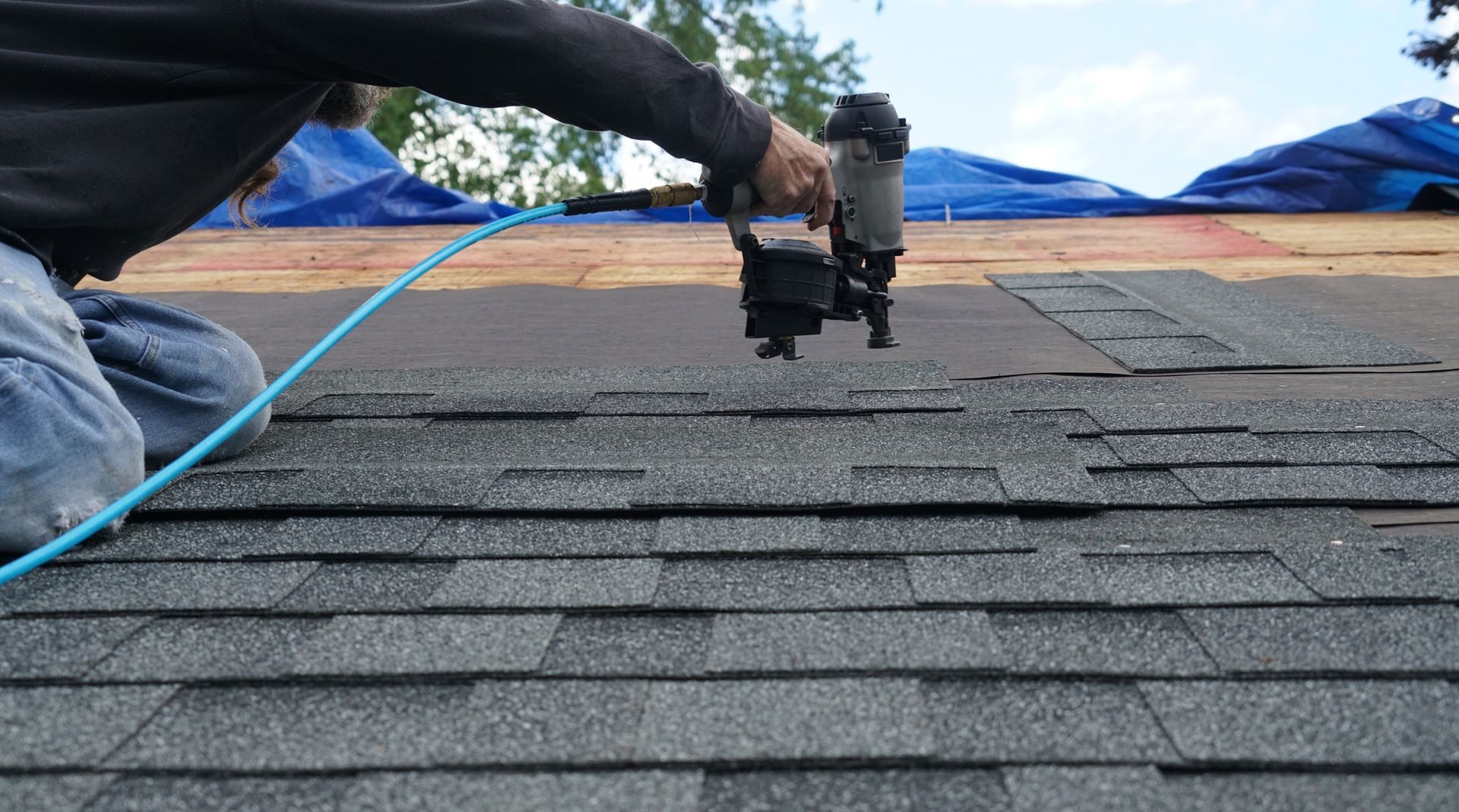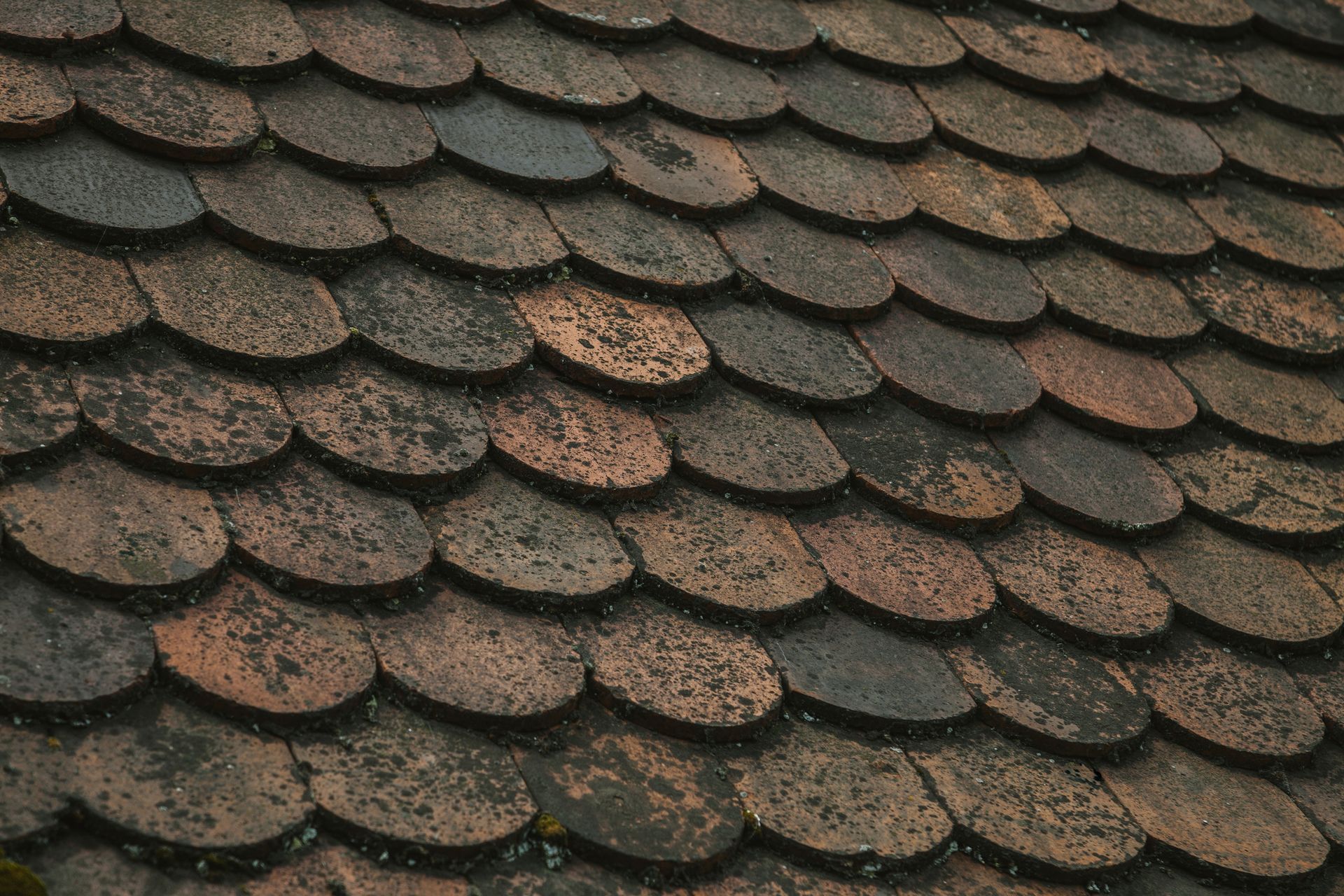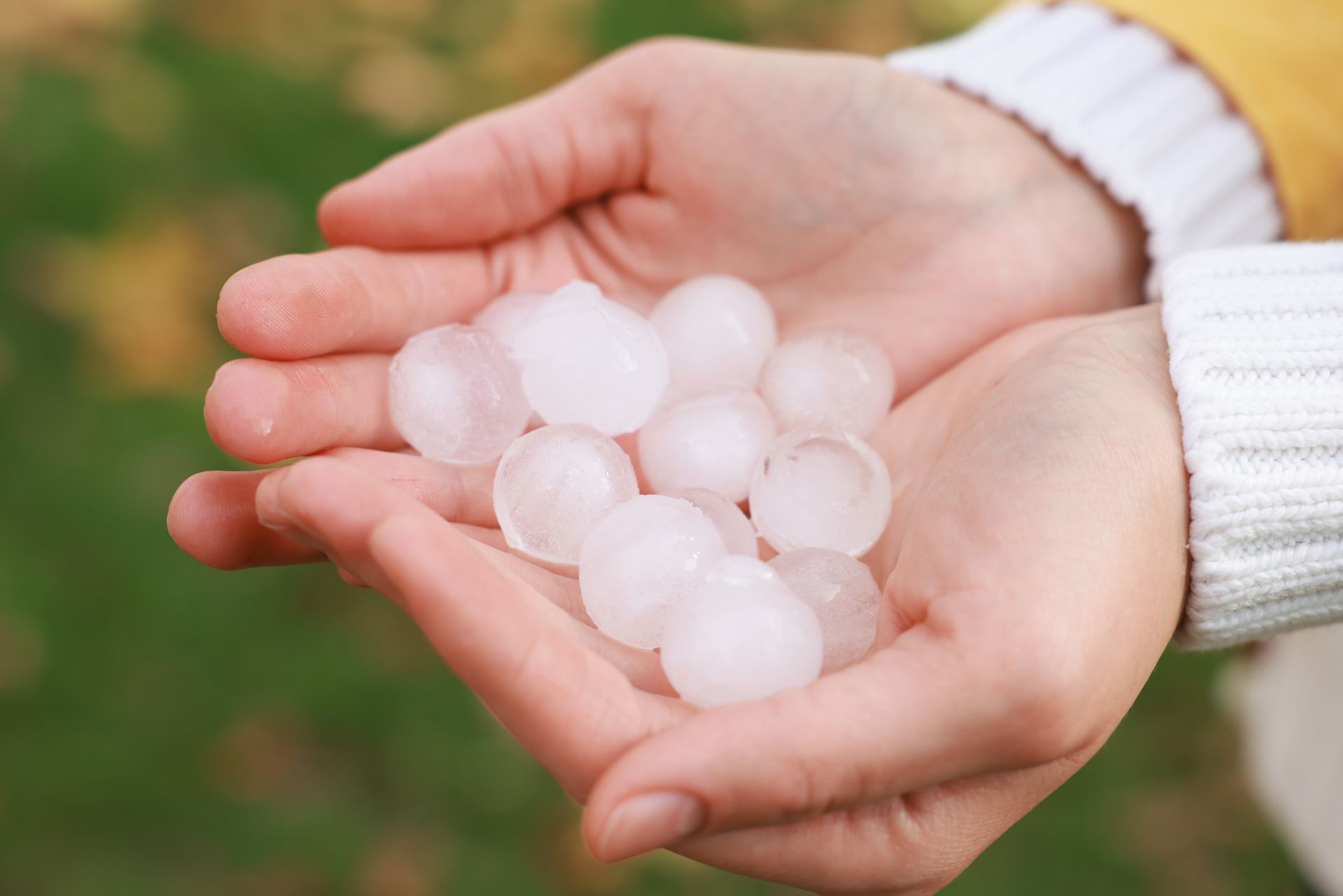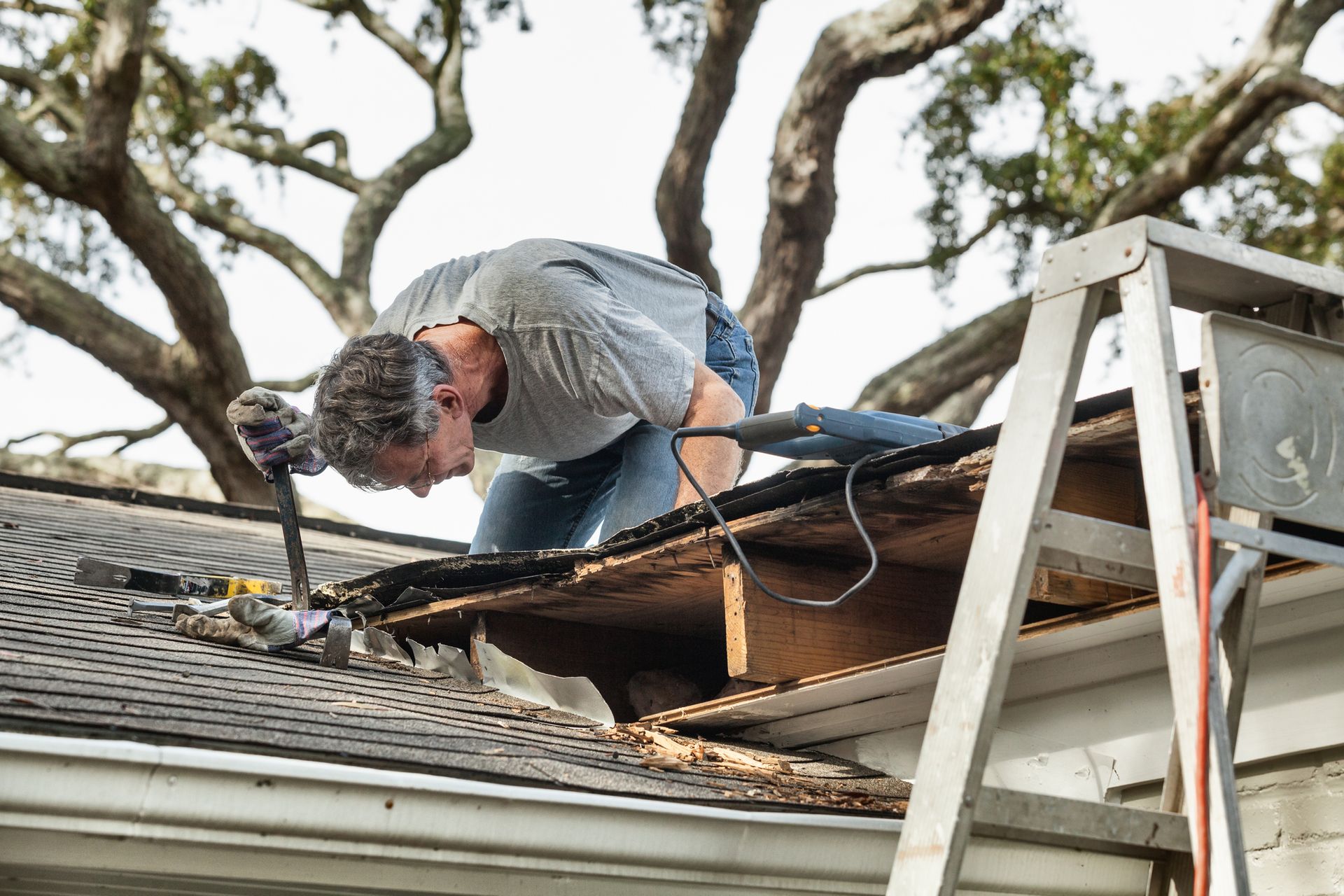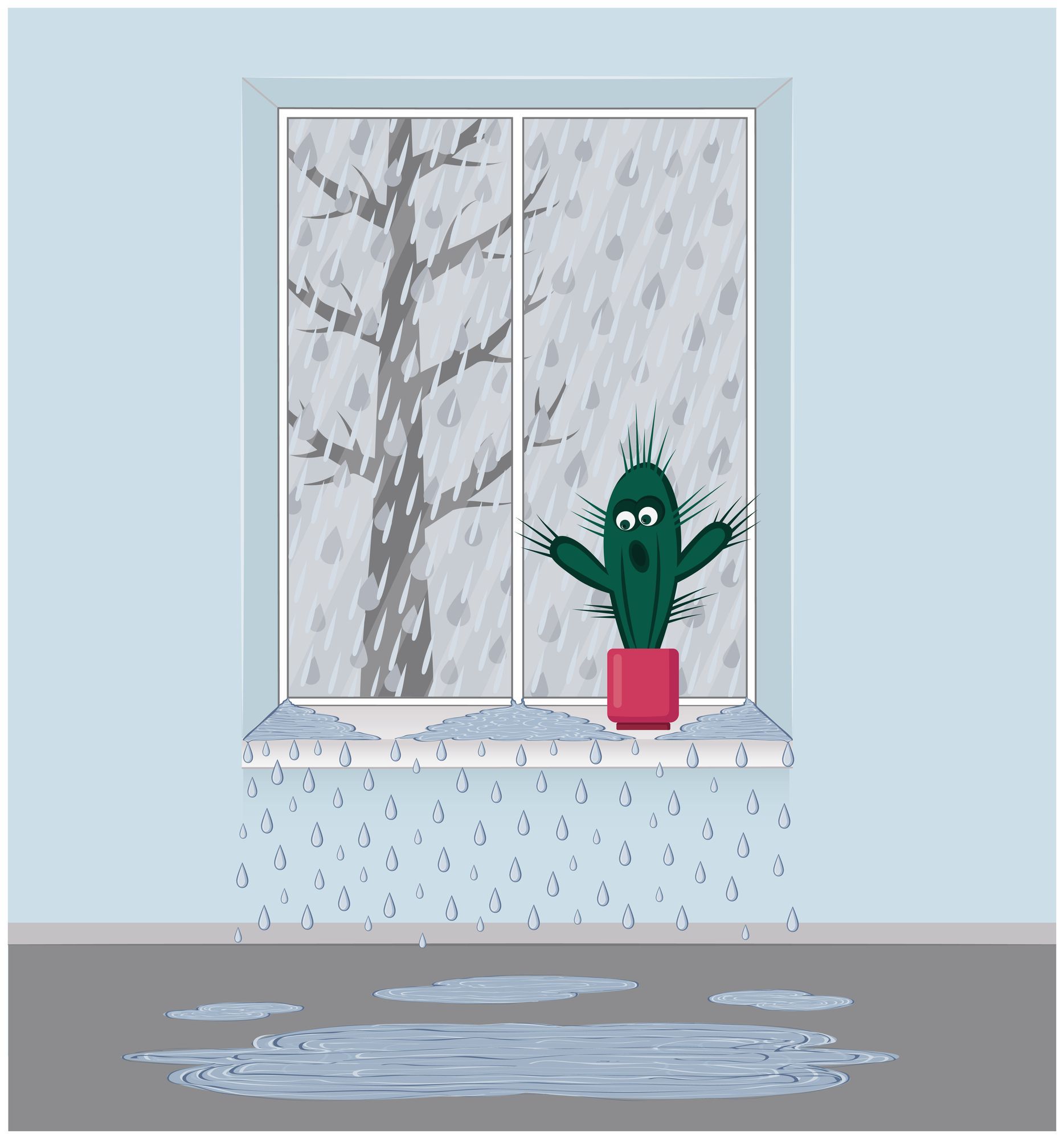Your Roof May Collapse from Snow!
Your Roof May Collapse from Snow!
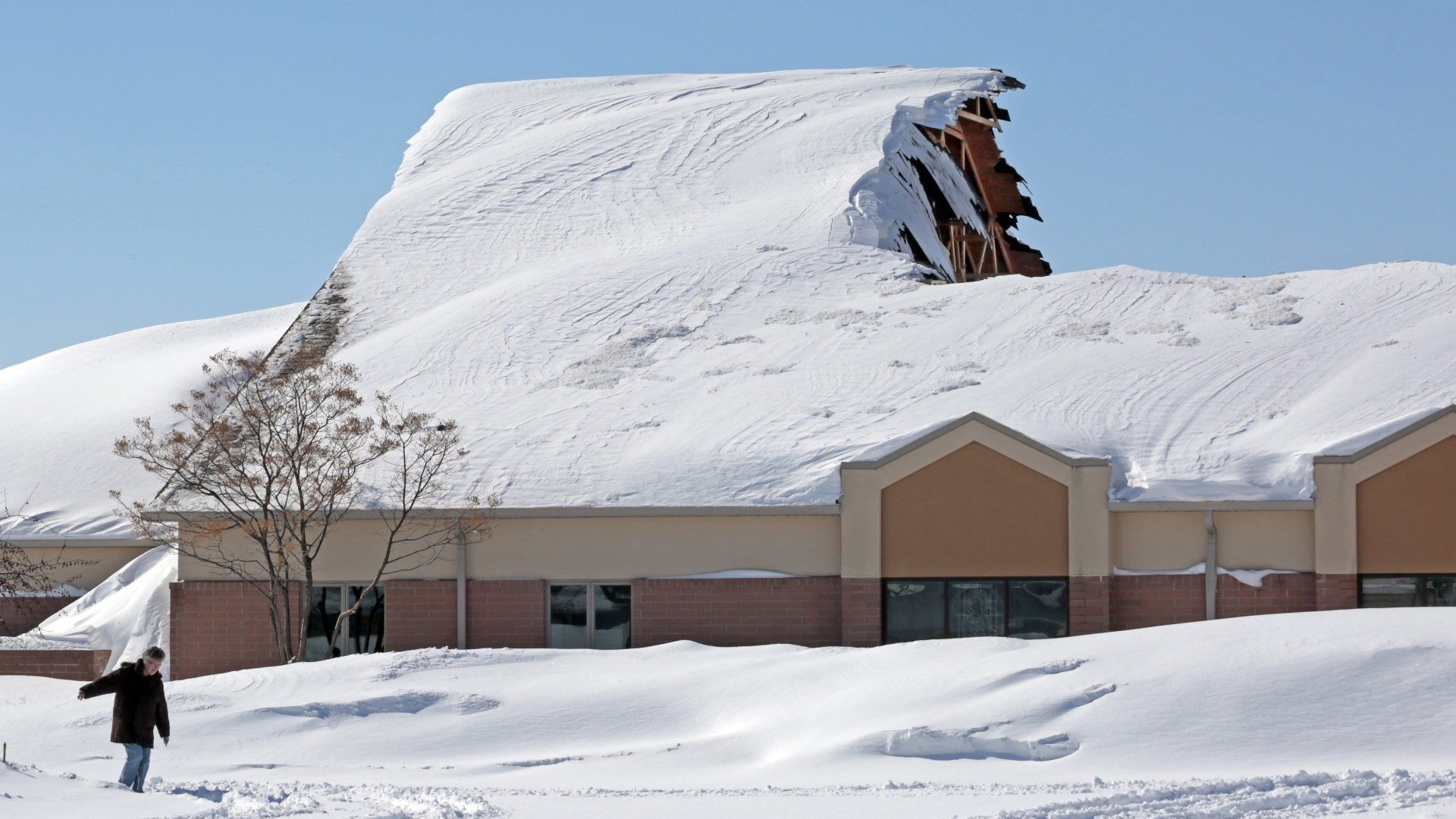
The only thing about winter weather that is predictable is its unpredictability! While weather changes may produce a few "inches" of snow in one year, they may bring a few "feet" in the next. Although we can't foresee how much snow will fall this winter, we can prepare by securing our houses and making sure our roofs don't collapse.
Snow accumulation on the roof can lead to major problems
During the winter, snow will inevitably collect on your roof. Did you realize, though, that severe snowfall might cause your roof to collapse? The weight of the snow piles up on your roof, putting strain on it. The roof falls when the weight of the snow surpasses the roof's bearing capacity.
The most significant threat posed by piled snow on your roof is roof collapse. Other, lesser-known dangers, on the other hand, might cause serious harm to your house. These dangers might potentially be warning signals of a roof collapse.
The weight of snow on a roof varies according to its nature
Depending on its state, fresh, packed, or ice, the weight of the snow will not be the same on the roof. To help us get around this, the IIBHS provides us with its general guidelines to best assess the maximum snow weight that can be built upon the roof before it is necessary to clear it.
- Fresh snow -25 to 30 cm (10 to 12 in.) of fresh snow is equivalent to 2.5 cm (1 in.) of water or about 2.3 kg (5 pounds) per square foot of roof. This means that you can have a maximum snow load of 1.2 m (4 ft.) before the roof becomes stressed.
- Packed snow-7.5 to 12.5 cm (3 to 5 in.) of old snow is equivalent to 2.5 cm (1 in.) of water, or about 2.3 kg (5 pounds) per square foot of roof space. A depth of more than 30 cm of snow may be greater than your roof can support.
- Total accumulated weight-A depth of 60 cm (24 in.) of built-up snow or 60 cm (24 in.) of fresh snow can weigh as much as 27 kg (60 pounds) per square foot of roof space. This is beyond the maximum recommended snowfall on a roof.
- Ice- A thin layer of ice of 2.5 cm (1 in.) is equivalent to 30 cm (12 in.) of fresh snow! It is, therefore, crucial to monitor ice dams and act quickly.
Some signs indicate an overload of snow on the roof.
Still not sure if it's time to clean the snow off your roof? If the interior doors of your home are difficult to shut or rub, or if you find cracks in the walls or ceiling deformation, you must act soon to avoid structural collapse or water intrusion.
Here’s what you need to do!
You must clean your roof of snow to guarantee that your property is safe. This will protect your gutters, lower the efficacy of your roof-mounted ventilation equipment, and cause structural damage to the building. Furthermore, owing to the potential of avalanches, snow accumulation poses a threat to those traveling near the structure.
A roof shovel is the safest and most cost-effective technique to clear snow. They enable you to securely shovel snow while keeping both feet firmly planted on the ground! The Premium variant has a range of up to 9 meters (30 feet). It is not required to remove all of the snow while clearing it. Leaving a thin covering on the roof will protect it from harm and allow water to flow freely as the weather warms.
If your roof has been affected by a heavy snow season and you are in need of emergency roof tarping to prevent further damage to your roof or house, contact Roof Tarp & Board Up immediately!



